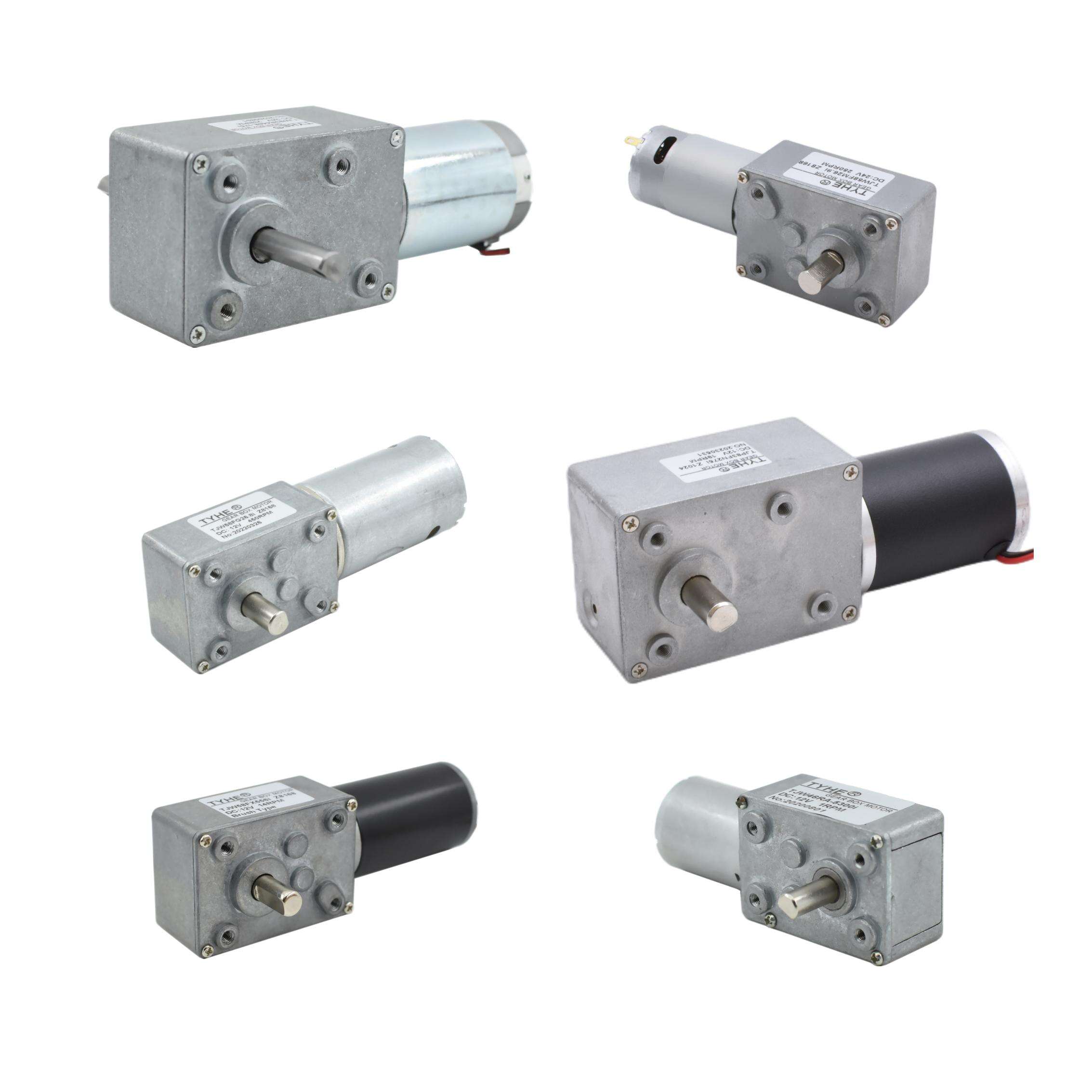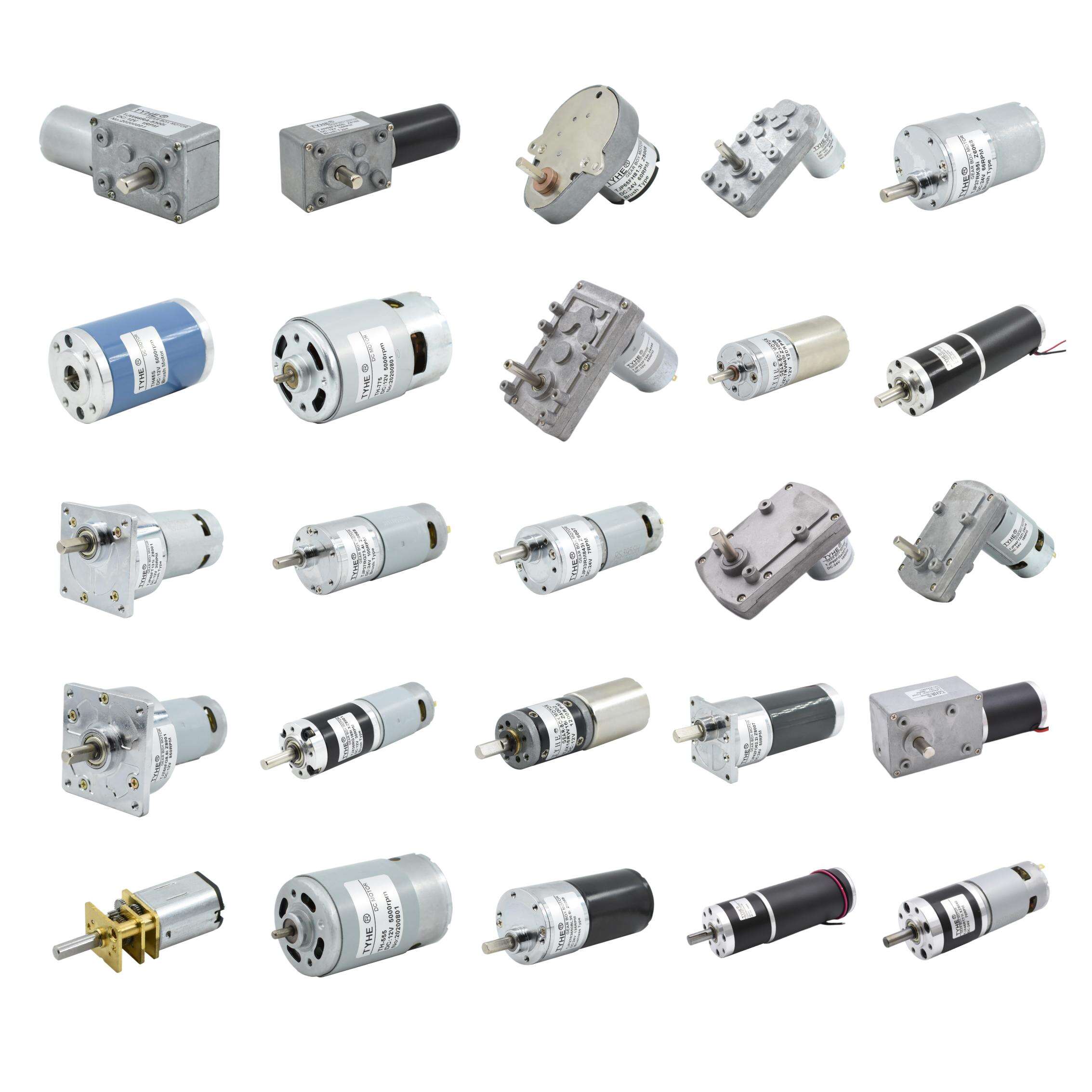Understanding DC Motor Torque Control in Modern Applications
The ability to maintain consistent torque output regardless of load variations is a critical requirement in many industrial and robotic applications. DC motors have become the go-to solution for precise torque control, thanks to their inherent characteristics and advanced control methods. This comprehensive guide explores how DC motors achieve constant torque delivery across varying load conditions, the underlying principles, and practical implementation strategies.
Fundamental Principles of DC Motor Torque Generation
Electromagnetic Torque Production
DC motors generate torque through the interaction between magnetic fields and current-carrying conductors. When electrical current flows through the armature windings, it creates a magnetic field that interacts with the permanent magnets or electromagnets in the stator. This interaction produces a rotational force, or torque, proportional to the current flowing through the armature.
The relationship between current and torque is remarkably linear in DC motors, making them ideal for precise torque control applications. This linear relationship means that controlling the armature current directly influences the output torque, regardless of the motor's speed or position.
Motor Parameters Affecting Torque Output
Several key parameters influence a DC motor's torque generation capability. The motor constant, which relates current to torque, depends on factors such as the number of armature windings, magnetic field strength, and motor construction. Understanding these parameters is crucial for implementing effective torque control strategies.
The motor's internal resistance and inductance also play significant roles in torque response. These electrical characteristics affect how quickly the motor can respond to changes in current commands, ultimately impacting torque control performance.
Advanced Control Techniques for Constant Torque Delivery
Current Control Loops
The foundation of constant torque control lies in implementing precise current control loops. These feedback systems continuously monitor the motor's current consumption and adjust the applied voltage to maintain the desired current level. Modern digital controllers use high-frequency PWM (Pulse Width Modulation) techniques to achieve extremely accurate current regulation.
Advanced current control algorithms incorporate compensators to account for back-EMF variations and other disturbances that could affect torque output. These systems can respond to load changes in milliseconds, ensuring stable torque delivery even under rapidly changing conditions.
Feedback Mechanisms and Sensing
Accurate torque control requires sophisticated feedback mechanisms. Current sensors provide real-time information about the motor's torque production, while encoders or resolvers may supply position and velocity data for enhanced control algorithms. The integration of multiple feedback sources enables robust torque regulation across diverse operating conditions.
Modern sensing technologies, including hall-effect current sensors and high-resolution encoders, provide the precision needed for maintaining constant torque output. These sensors, combined with advanced signal processing techniques, ensure reliable operation even in noisy industrial environments.

Practical Implementation Strategies
Motor Drive Design Considerations
Achieving constant torque control requires carefully designed motor drive circuits. The drive electronics must provide sufficient voltage and current capacity to maintain desired torque levels across the operating range. Power stage components need proper sizing to handle peak currents without compromising performance.
Protection features, such as current limiting and thermal management, must be implemented without disrupting torque control. Modern drives incorporate sophisticated protection schemes that maintain safe operation while preserving torque regulation capability.
Control System Tuning
Optimal torque control performance depends on proper system tuning. Control loop parameters must be adjusted to achieve the desired response characteristics while maintaining stability. This includes setting appropriate gains for current controllers and implementing necessary compensation for system dynamics.
Advanced tuning techniques may employ auto-tuning algorithms or adaptive control methods to optimize performance across different operating conditions. These approaches help maintain consistent torque output despite variations in load inertia or friction.
Common Applications and Performance Requirements
Industrial Automation Systems
In industrial automation, dc motor constant torque control enables precise material handling, packaging operations, and assembly processes. These applications often require maintaining specific force levels while accommodating varying product weights and sizes. The motor control system must provide consistent performance while operating continuously over extended periods.
Manufacturing equipment, such as winding machines and tension control systems, relies on accurate torque regulation to ensure product quality and prevent material damage. These applications demonstrate the importance of reliable torque control in modern industrial processes.
Robotics and Precision Motion Control
Robotic systems require precise torque control for tasks ranging from delicate assembly operations to heavy material handling. The ability to maintain constant torque regardless of arm position or payload variations is crucial for successful robot operation. Advanced control algorithms enable smooth motion and precise force application in these demanding applications.
Collaborative robots, in particular, benefit from sophisticated torque control capabilities. These systems must maintain safe interaction forces while performing complex tasks, highlighting the importance of reliable torque regulation in modern robotics.
Frequently Asked Questions
How does load variation affect DC motor torque output?
Load variations naturally tend to affect motor speed, but with proper current control, the torque output can remain constant. The control system compensates for load changes by adjusting the applied voltage to maintain the desired current level, ensuring consistent torque delivery regardless of the mechanical load.
What is the role of feedback in maintaining constant torque?
Feedback systems continuously monitor motor current and other parameters to enable precise torque control. This real-time information allows the control system to make immediate adjustments to maintain the desired torque level, compensating for any disturbances or load changes.
Can DC motors maintain constant torque at very low speeds?
Yes, DC motors can maintain constant torque even at very low speeds or standstill conditions. This capability depends on proper current control implementation and adequate thermal management, as low-speed operation can lead to increased heating in the motor windings.


